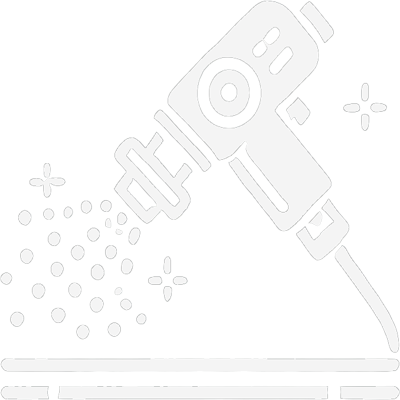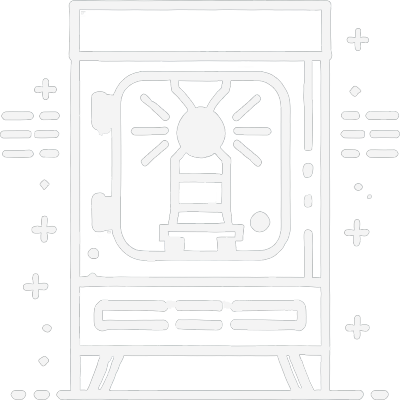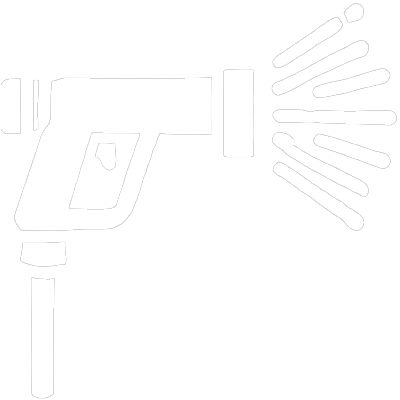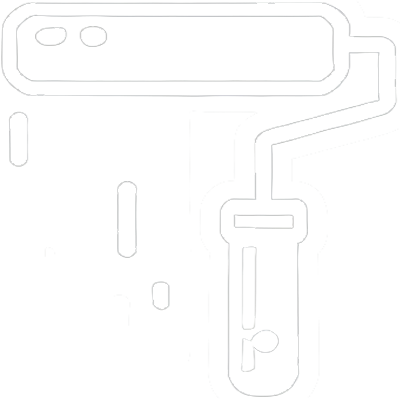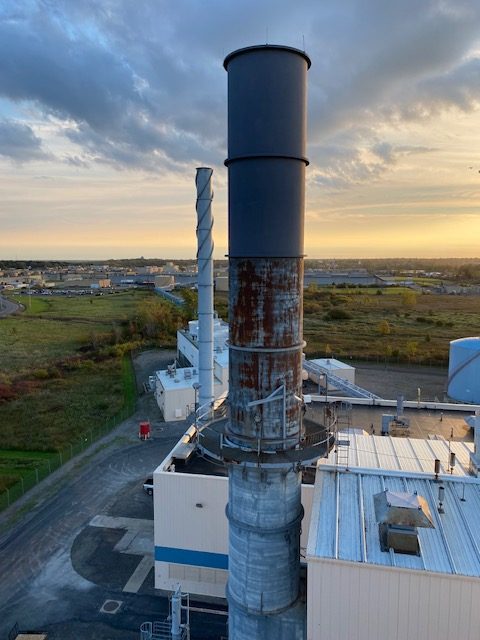Paint Removal and Coating Services
Such services are provided in accordance with our clients' specifications and requirements
SSPC Certified Contractor
Titan Industrial Services, Inc. is a SSPC certified contractor since 2002.
Wet and Dry Abrasive Blasting
Industrial wet and dry abrasive blasting are surface preparation techniques used to clean, roughen, smooth, or remove contaminants from surfaces, primarily metal, concrete, and stone.
Competitive Pricing
Customer Satisfaction
Comprehensive Safety
Our Mission
Our mission is to achieve sustained growth, profitability and customer satisfaction through competitive pricing and quality control. We will differentiate ourselves through comprehensive safety, quality control and environmental programs.
Some of Our Work
Awards
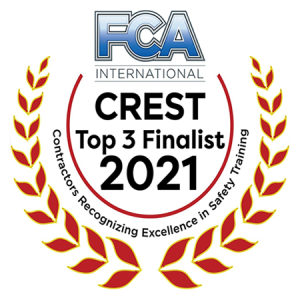
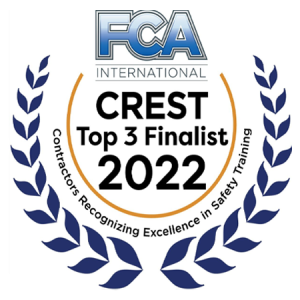
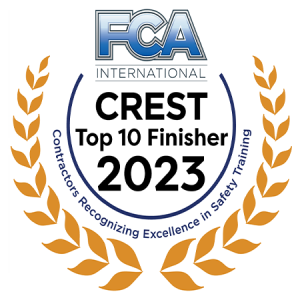

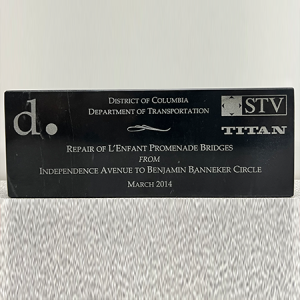
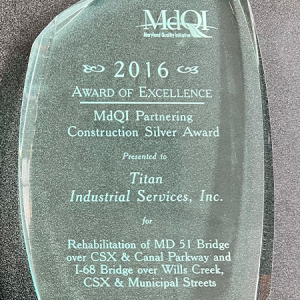
Wet & Dry Abrasive Blasting
At Titan Industrial Services, Inc., we offer professional wet and dry abrasive blasting services to meet all your surface preparation needs. Whether you’re looking to remove old paint, rust, or other surface contaminants, our abrasive blasting techniques provide efficient, effective, and eco-friendly solutions.
Wet Abrasive Blasting
Wet abrasive blasting, also known as vapor blasting, combines water with abrasive materials to create a slurry that cleans and prepares surfaces. This method is particularly beneficial for:
- Dust Suppression: The use of water significantly reduces dust, making it a safer option for both operators and the environment.
- Surface Cooling: The water cools the surface during blasting, preventing warping or damage to sensitive materials.
- Versatility: Suitable for a variety of surfaces, including metal, concrete, wood, and more.
Dry Abrasive Blasting
Dry abrasive blasting, often referred to as sandblasting, uses high-pressure air to propel abrasive materials against a surface. This technique is ideal for:
- Speed and Efficiency: Quickly removes heavy coatings, rust, and contaminants.
- Surface Profiling: Creates an optimal surface profile for painting or coating applications.
- Material Options: A wide range of abrasives, including sand, glass beads, and aluminum oxide, to match the specific requirements of each project.
Applications
Our shop blasting services are perfect for a variety of applications, including:
- Industrial Components: Cleaning and preparing machinery parts, structural steel, and fabrication pieces.
- Automotive Parts: Stripping paint and rust from car frames, chassis, and other components.
- Marine Equipment: Cleaning and preparing boat hulls, propellers, and other marine fixtures.
- Construction Materials: Preparing steel beams, pipes, and other construction elements for painting or coating.
- Custom Projects: Tailored solutions for unique or specialized items requiring meticulous surface preparation.
Why Choose Titan Industrial Services, Inc.?
- Expert Technicians: Our team of experienced professionals is dedicated to delivering top-quality results.
- Advanced Equipment: We utilize state-of-the-art blasting equipment to ensure efficient and effective service.
- Custom Solutions: We work closely with our clients to understand their specific needs and provide tailored blasting solutions.
- Safety and Compliance: We adhere to all safety regulations and industry standards, ensuring a safe and compliant process.
Shop Blasting Services
At Titan Industrial Services, Inc., we provide top-notch shop blasting services to ensure your equipment and materials are prepared to the highest standards. Our controlled shop environment allows us to deliver consistent and precise results for all your surface preparation needs.
Water Jetting Services
Industrial water jetting service is a high-pressure cleaning process used in various industries to remove contaminants, debris, coatings, and blockages from surfaces and equipment. This method involves the use of water at extremely high pressures, often exceeding 20,000 PSI (pounds per square inch), which is delivered through specialized nozzles and equipment to effectively clean surfaces.
Key Aspects of Industrial Water Jetting Service
High Pressure Cleaning: Water is pressurized to very high levels to create a powerful stream capable of cutting through tough materials like concrete, metal, and scale. This makes it ideal for industrial applications where traditional cleaning methods may be ineffective.
Versatility: Industrial water jetting can be used on a wide range of surfaces and equipment, including pipes, tanks, heat exchangers, reactors, and more. It can remove a variety of materials, such as rust, paint, scale, grease, and even hardened concrete.
Non-Abrasive: Unlike other mechanical cleaning methods, water jetting does not rely on abrasive materials, making it a non-invasive option that won’t damage the underlying surface.
Environmentally Friendly: The process uses only water, eliminating the need for harsh chemicals. This makes it an eco-friendly option, particularly in industries where minimizing environmental impact is a priority.
Applications: Common industries that use water jetting include petrochemical, marine, construction, food processing, and manufacturing. It is used for tasks such as surface preparation, pipeline cleaning, tank cleaning, and debris removal.
Efficiency: Water jetting is highly effective at cleaning and preparing surfaces in a fraction of the time required by traditional methods. This efficiency can lead to reduced downtime and lower overall maintenance costs for industrial operations.
Applications
Protective Coatings: The primary function of industrial painting is to protect surfaces from corrosion, wear, and damage caused by exposure to the elements, chemicals, and physical impacts. Coatings are specially formulated to provide resistance against these factors, extending the life of the equipment and structures.
Surface Preparation: Proper surface preparation is crucial for the success of any industrial painting project. Techniques such as sandblasting, power washing, and chemical cleaning are used to remove rust, old paint, grease, and other contaminants. This ensures that the new paint adheres properly and performs as expected.
Specialized Paints and Coatings: Industrial painting uses a variety of coatings, including epoxy, polyurethane, zinc-rich primers, and intumescent paints. Each type of paint is selected based on the specific needs of the environment, such as resistance to chemicals, fire, abrasion, or UV radiation.
Application Techniques: Depending on the project, different application methods may be used, including spraying, rolling, and brushing. Specialized equipment is often employed to apply coatings evenly and efficiently, especially on large or complex surfaces.
Compliance and Standards: Industrial painting services must adhere to strict industry standards and regulations, such as those set by OSHA, NACE (National Association of Corrosion Engineers), and SSPC (Society for Protective Coatings). Compliance ensures that the coatings are applied safely and perform as intended.
Painting Services
Industrial painting services involve the application of specialized coatings and paints to protect and enhance the appearance of large-scale structures, machinery, and equipment in industrial settings. These services are critical for maintaining the integrity and longevity of assets exposed to harsh environments, including chemical exposure, extreme temperatures, and high humidity.
Concrete Repair
Industrial concrete repair services focus on restoring, reinforcing, and maintaining concrete structures and surfaces in industrial environments. These services are essential for preserving the integrity, safety, and functionality of concrete assets exposed to heavy loads, chemicals, and environmental stressors. Over time, concrete in industrial settings can suffer from cracks, spalling, erosion, and other forms of damage that require expert repair techniques.
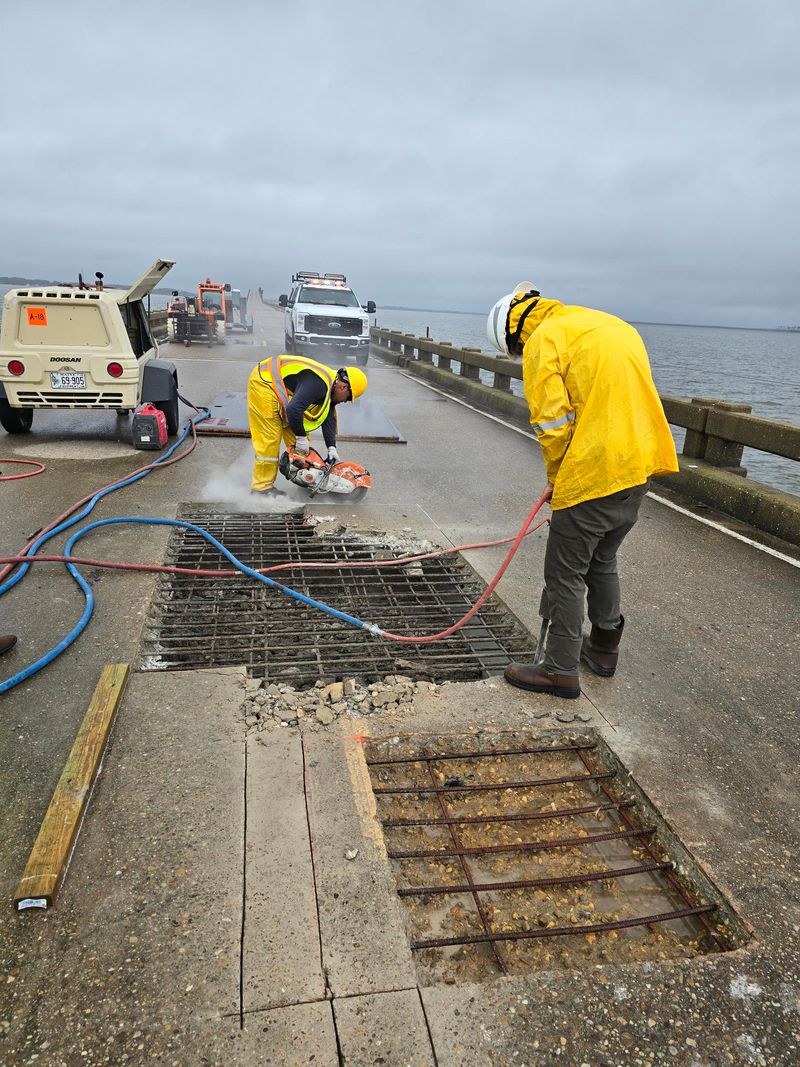
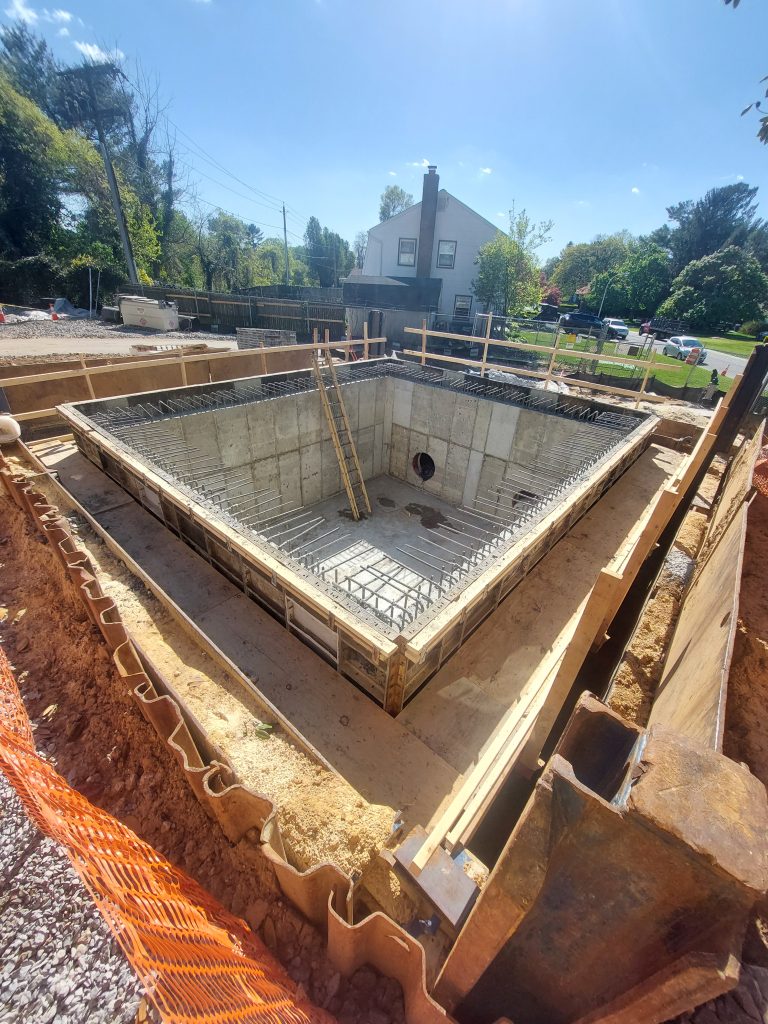

Key Aspects of Concrete Repair
Damage Assessment: The first step in industrial concrete repair is a thorough inspection and assessment of the damage. This includes identifying the root causes of deterioration, such as exposure to chemicals, moisture infiltration, freeze-thaw cycles, or structural overloads. Accurate assessment ensures that the right repair method is chosen.
Crack Repair: Cracks in industrial concrete can compromise the structural integrity of the entire system. Repair methods include crack injection, where specialized resins or epoxies are injected into the cracks to seal and stabilize them, and routing and sealing, where cracks are widened and filled with durable sealants.
Spalling and Delamination Repair: Spalling occurs when the surface layer of concrete peels or flakes off, often due to freeze-thaw cycles or corrosion of embedded steel reinforcement. Delamination refers to the separation of concrete layers. Repair techniques involve removing damaged concrete and applying repair mortars or overlays that bond well with the existing material.
Structural Strengthening: In some cases, industrial concrete may need to be strengthened to handle increased loads or to comply with updated safety standards. Methods include the application of fiber-reinforced polymers (FRP), adding additional reinforcement, or using high-strength concrete overlays.
Chemical and Corrosion Protection: Industrial environments often expose concrete to harsh chemicals and corrosive substances that can deteriorate the material over time. Repair services may include applying protective coatings or sealants that prevent chemical penetration and corrosion, extending the life of the concrete.


